Rafael Medina documents queer trans life in Rio through his intimate photography
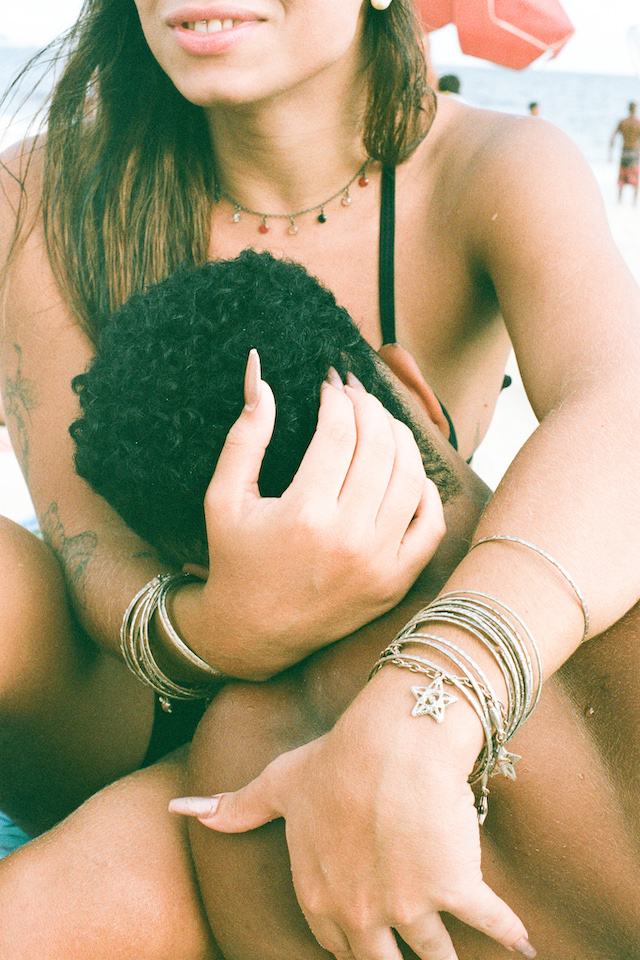
After four years away from his hometown of Rio de Janeiro, Rafael Medina finally returned from Berlin in November last year. Upon doing so, he noticed how many of those in his friendship circle have started to open up about being transgender. As such, Rafael decided to embark on a photographic project documenting his five close friends – Naomi, Ellie, Caterina, Galba and Williane – as they go about their daily life in the city. Far from your typical foray into life as a queer trans woman living in Rio de Janeiro, the series, entitled Transbrasil, is intimate and nostalgic; it’s a touching window into the relationship, closeness and acceptance between friends. A time capsule of sorts, the project also takes a vital stance against homophobia, censorship and violence that’s continues to be inflicted on the trans community today.
There’s much to be unearthed throughout Rafael’s empowering imagery, and the work has been exhibited as part of an exhibition programme run by queerANarchive, which recently closed Club Kocka Gallery in Split, Croatia. His other works, in equal measure, have had similar impact; Skin Deep, for example, is a visual record of sexuality and the body of gay men above the age of 60. And back in Brazil, he was also the founder and creative director of the online magazine and sex party FLSH. Here, Rafael talks me through his reasons for starting work on Transbrasil and what his hopes are for the future.
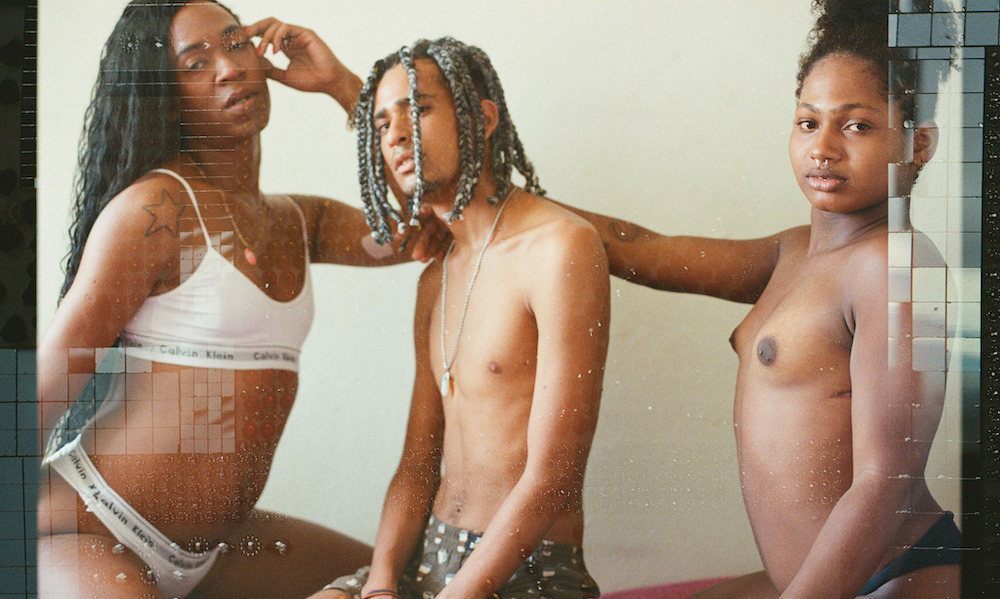
What first drew you towards photography?
I’ve been interested in photography since the beginning of the 2000s. It was a naive start. At that time, the first digital cameras were released and I bought a simple Kodak. I ended up getting obsessed with it, as I used to bring the camera every time I went clubbing. I had just come out of the closet. It was the beginning of my young adult gay life. I was fascinated by the characters and the aesthetic I saw in the clubs. I guess that’s when I started to get interested in photography.
What inspires you?
What inspires me… I think I get inspired whenever I have a problem. Something that personally bothers me or somehow calls my attention. An issue I want to understand or to dig deeper into. It can be a feeling or some idea that I want to share visually through photography.
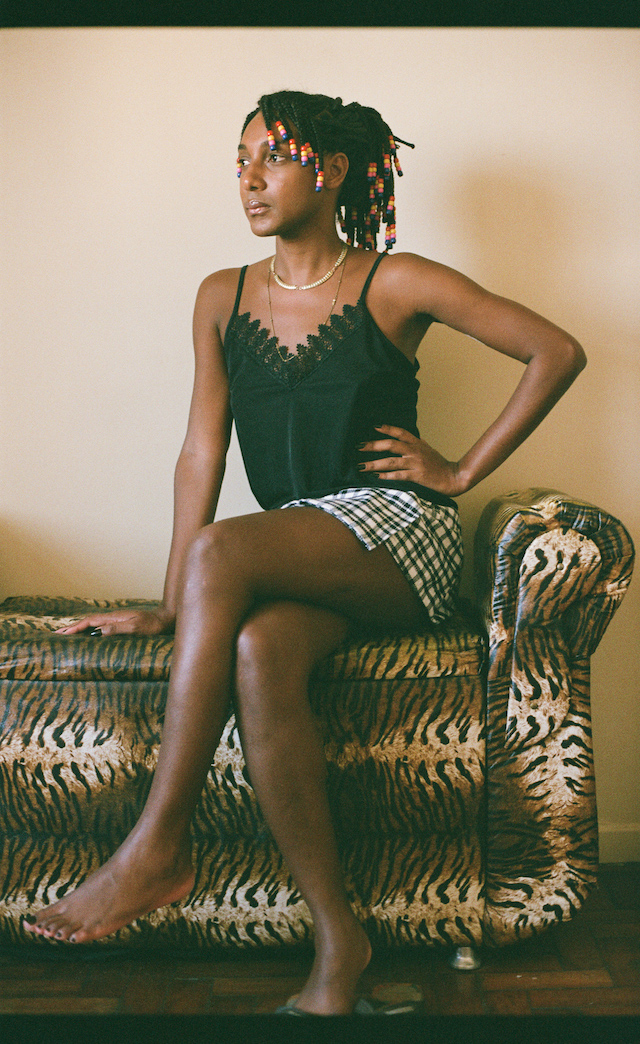
When and why did you start work on this project, what stories are you hoping to share?
Transbrasil started with my will to portray the actual state of things in the Rio de Janeiro’s queer life through my personal relationships. Last November, I had the chance to visit my country for the first time after four years since I’ve been away. During those four years, something came to my attention. There was an expressive amount of people, from my circle of friends and acquaintances, who used to present themselves as cis men and, now, are opening up about their transgenderness. So I thought it would be an interesting approach and a good way to define a new moment in the queer life in town, if I photographed some of those people.
Can you tell me more about your subjects – your friends – and what they’re like? Why did you decide to photograph them, and how did you want to portray them?
Well… what should I say? My friends are amazing! Catarina, Ellie, Galba, Naomi and Williane all have bold personalities and I admire them for that. But it’s also interesting that each one of them has a unique path on how they come to perform their gender.
The choice of portraying my own personal circle of affections, instead of already known characters, has to do with the visual point of view I want to offer as a photographer. I understand that I have a privileged and intimate point of view over my friends, that I will hardly ever have with people I’m not close with. It’s about this feeling of being comfortable around them. In my work in general I’m interested in showing this inside subjective point of view of situations.
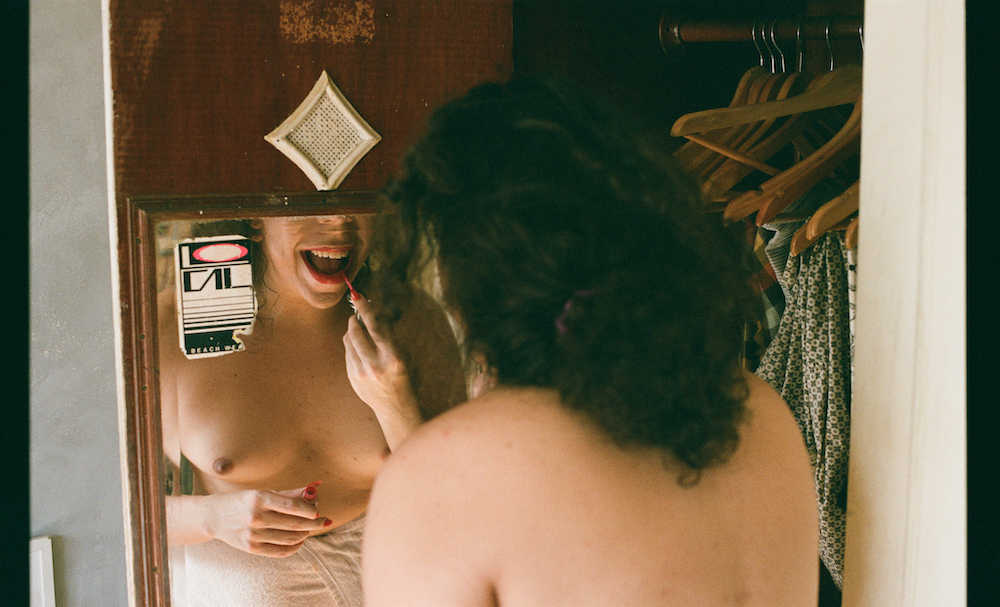
The style of the series gives off a textural and almost archaic feel to the imagery. What are your reasons for shooting this way? Tell me more about your aesthetic decisions.
Style-wise, I’ve been working with analogue photography since 2016. I’m interested in the materiality of the final result and how the grain plays a role in the image. And also the experimental possibilities that analogue can give me. Lately, I’ve been experimenting with multiple exposures; I’m interested in how an image can contain several layers of time, and also how to give space for unexpected new images to appear within those layers.
This series represents a very emotional moment for me. Coming back to Brazil brought back a lot of memories from the past, not only from my relationship with those five friends, but also my general past life- m y childhood and young memories. I wanted to imprint that general nostalgic feeling I had, of memories related to affections. Therefore, during the exhibition, I had part of the photos shown on two vintage photo albums, in order to connect with the viewer’s own nostalgia and affections.
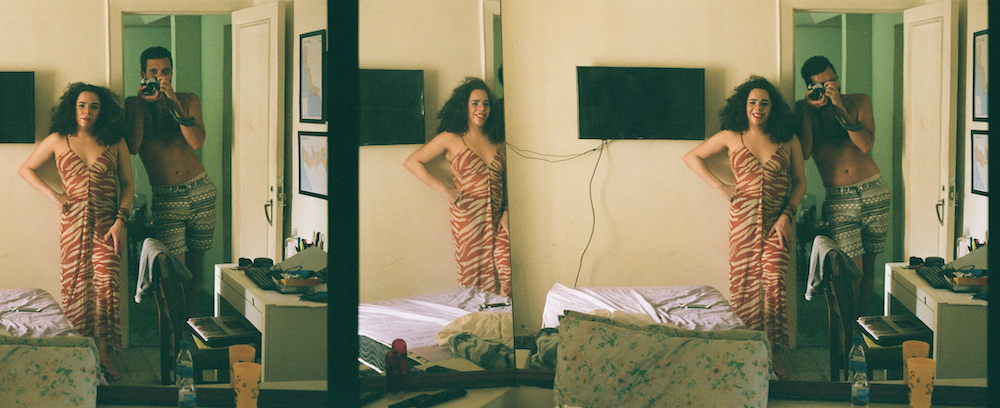
Are you hopeful about the representation and acceptance of trans people, particularly in Brazil? And in what ways can art and photography help?
As we Brazilians used to say, “Brazil is not for beginners”. That joke is, indeed, grounded in some truth. You have to understand that Brazil is a place full of contradictions. We have an extremely violent history. We were the last country in the world to end with slavery. We are still the country with the highest rates of trans people killed every year in the world. There is a big unhealed wound in our society towards Black people. So, of course, trans Black women are a group that is very fragile in this system. Especially now with a president and his supporters who are openly transphobic, homophobic and racist, who only does not do anything to support minorities, but do an active effort to attack the few progresses we have achieved over the past decade.
Nevertheless, I felt that the Black and queer community are more organised than ever before, and they end up managing to set the discussion on society. There is definitely more visibility towards those subjects. Nowadays, you can see in a women’s TV show a Black trans artist, like Linn da Quebrada, or a performance of a drag singer, like Gloria Groove, on a Sunday variety TV show. But, the everyday reality of queer, and specially trans people in the Brazil, is still very tough. It’s harder for them to find jobs, to have opportunities and to be respected in society’s everyday life.
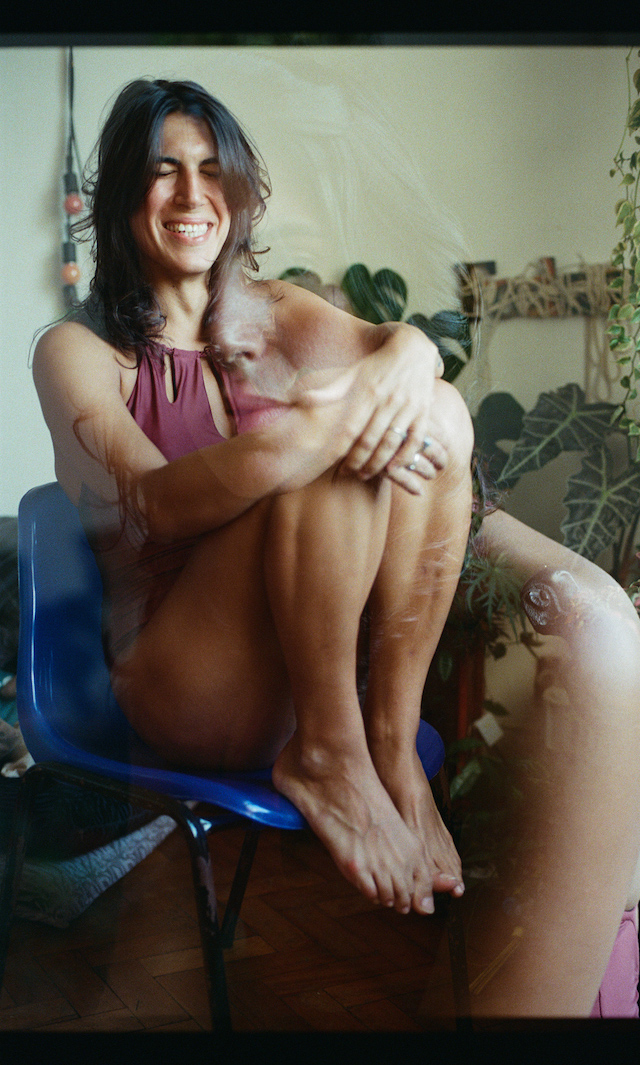
How do you hope your audience will respond to your work?
Well, there is no other way to answer this question as I hope they respond very well! But seriously, I know that I’m not changing the world with one photography series and I also understand that in this specific matter of transgender issues, it’s our fellow trans people who have to take the lead on the discussion and how they want to be perceived. I just wish that the audience will understand we should not only have representation of trans and queer people but also that they are able to be part of the everyday life and that includes having more opportunities. How many of us cis people have close friends that are trans? How many of us have trans people as work colleagues? We, as allies, should be thinking about it!
What’s next for you?
I just had a solo show with Transbrasil in Split last August. That was an invitation by the Queer Anarchive, a Croatian LGBTQIA+ institution. My plan now is to bring the exhibition to other places. I want to show it here in Berlin and also in other cities in Europe. And hopefully, if I’m lucky enough, I will also manage to bring it to Brazil.
I’m also planning to edit a photo book about my experience visiting my country. Transbrasil will be a chapter of what is going to be a bigger project centred on this feeling of ‘vertigo’.
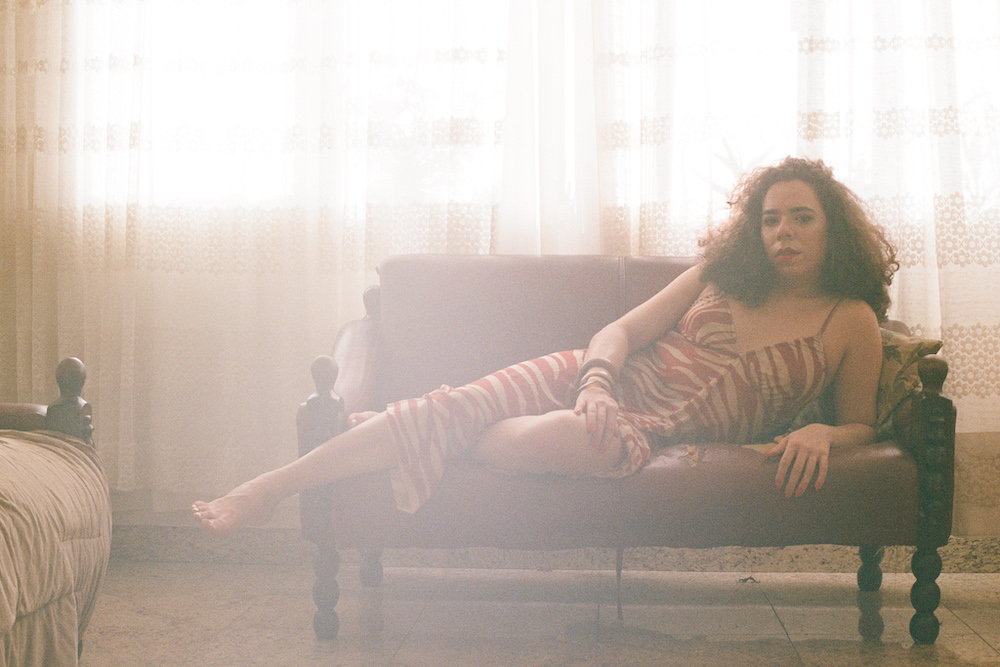
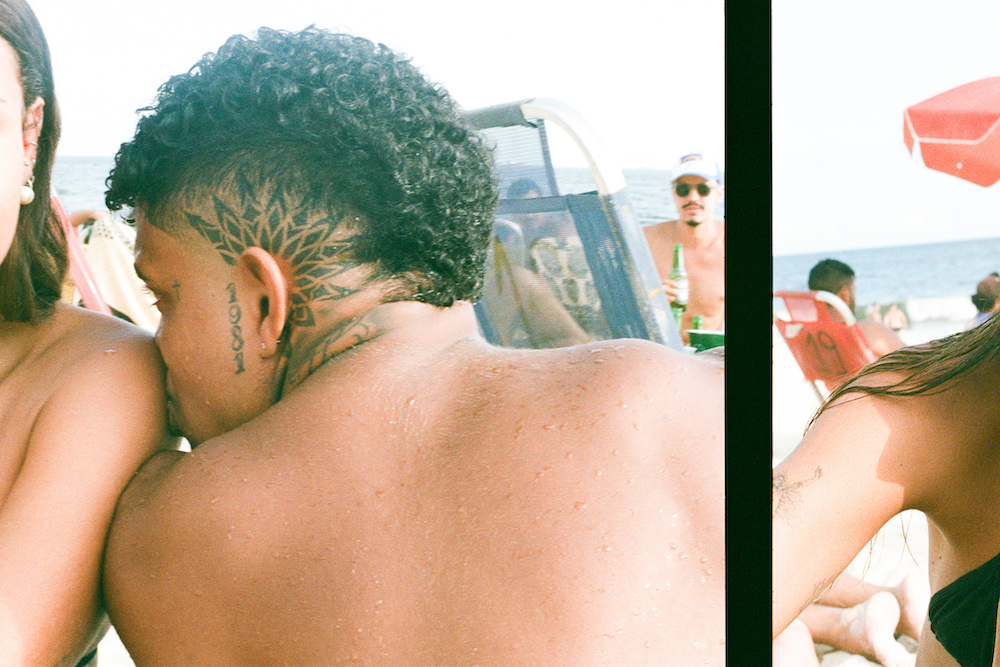
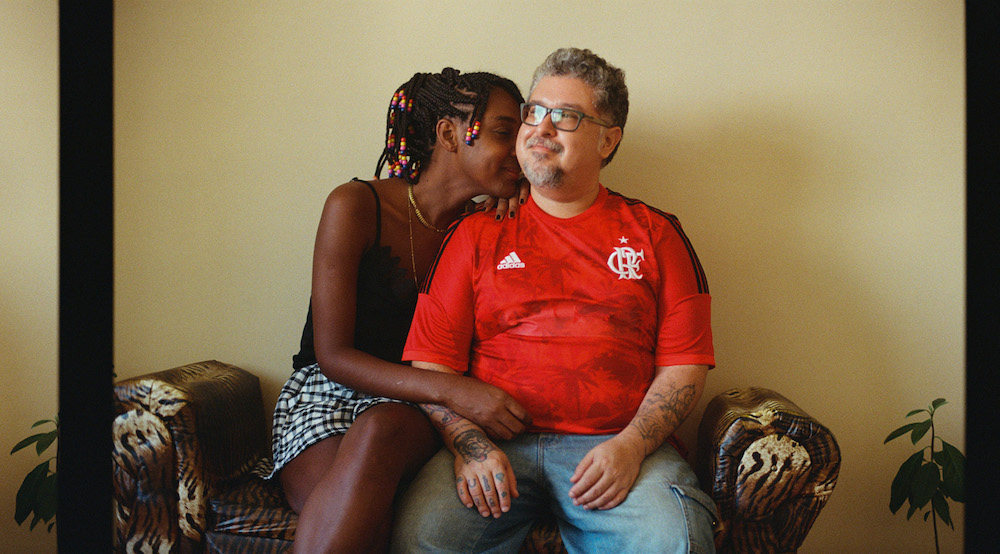
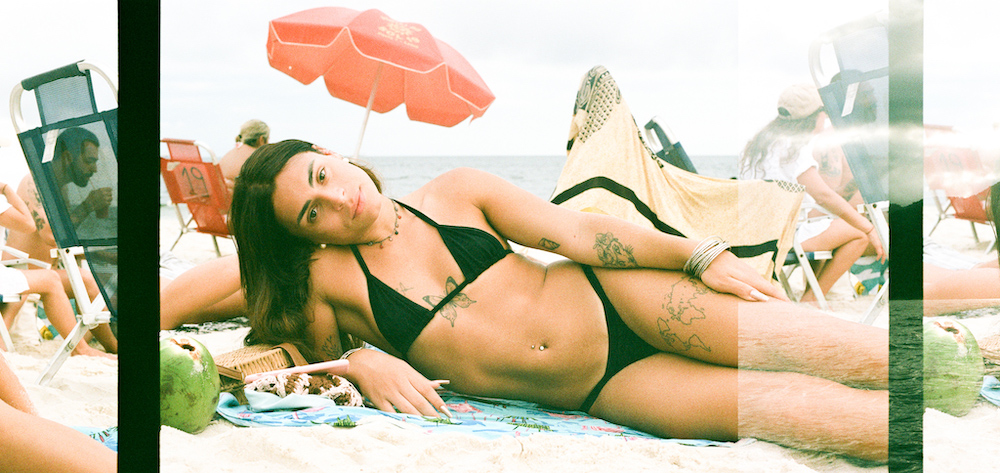
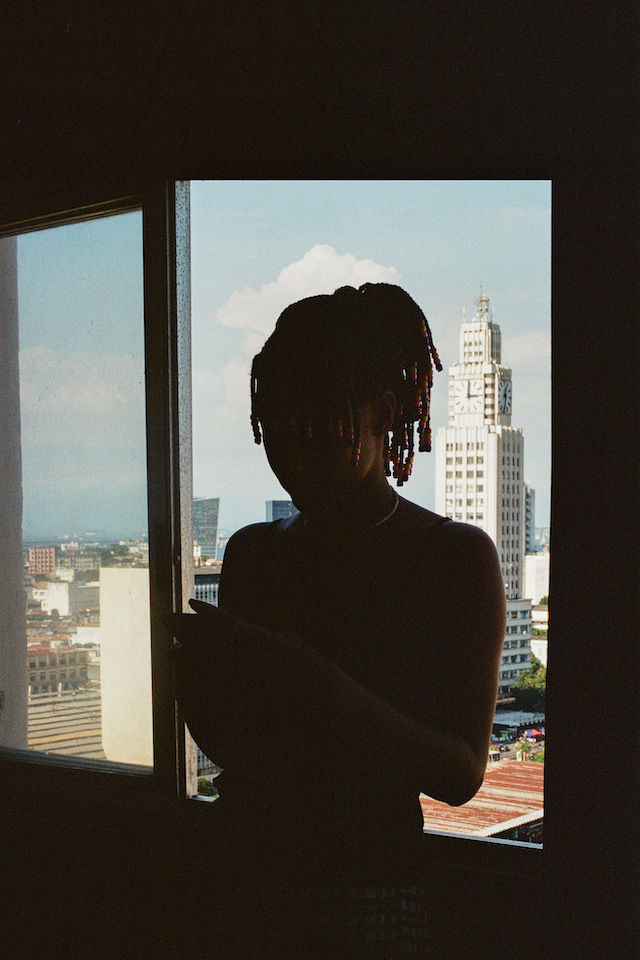
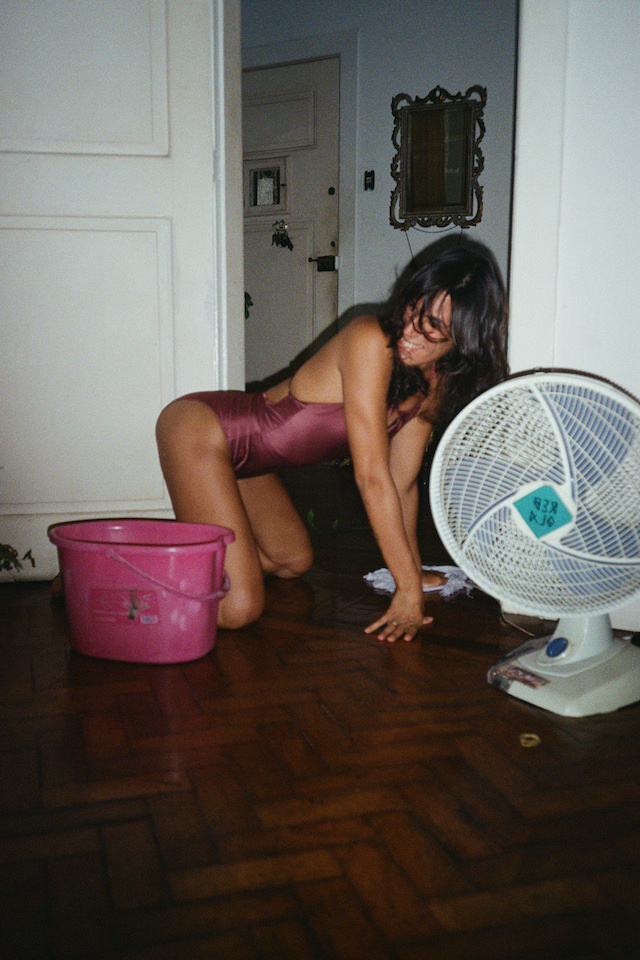
All photography courtesy of Rafael Medina




